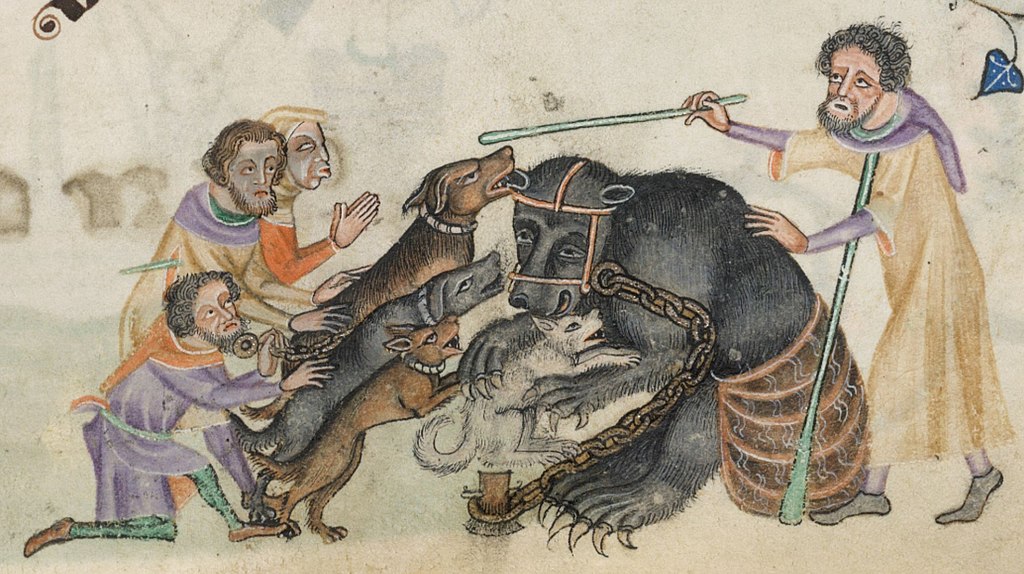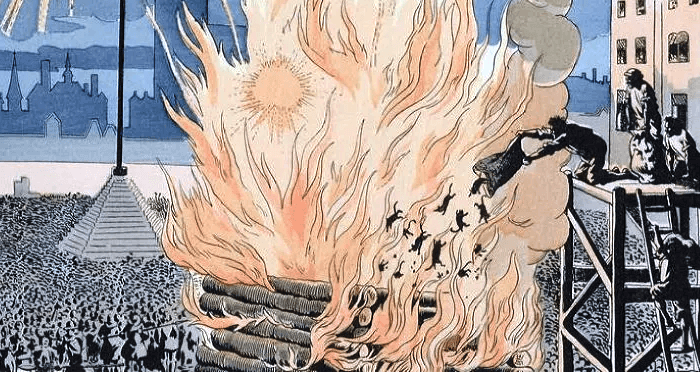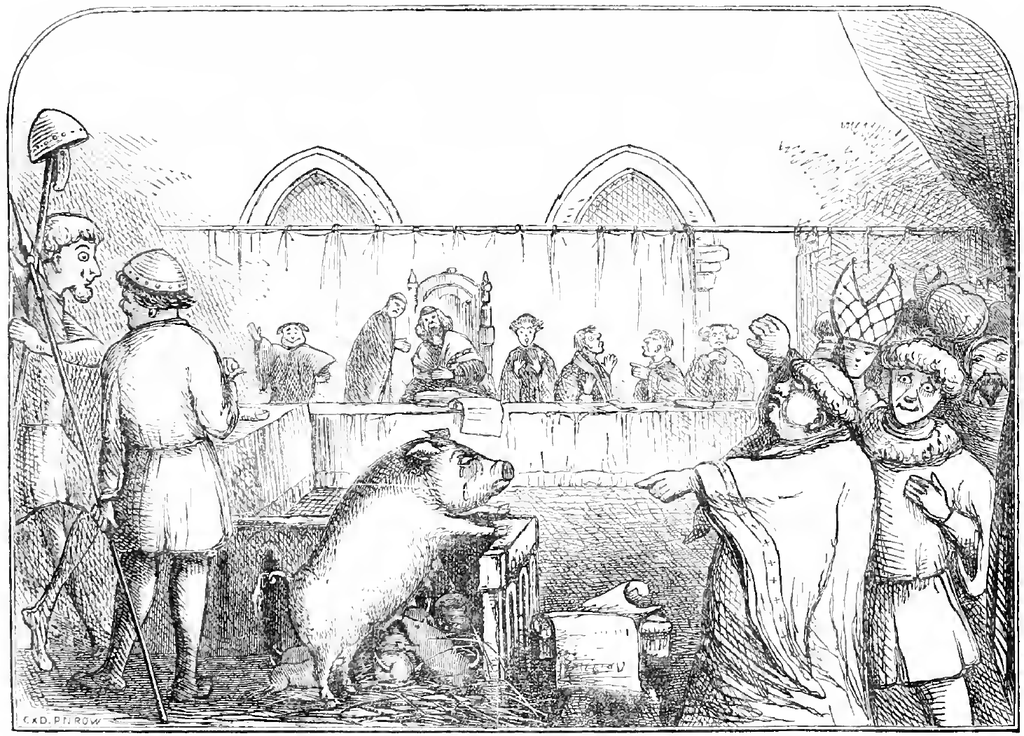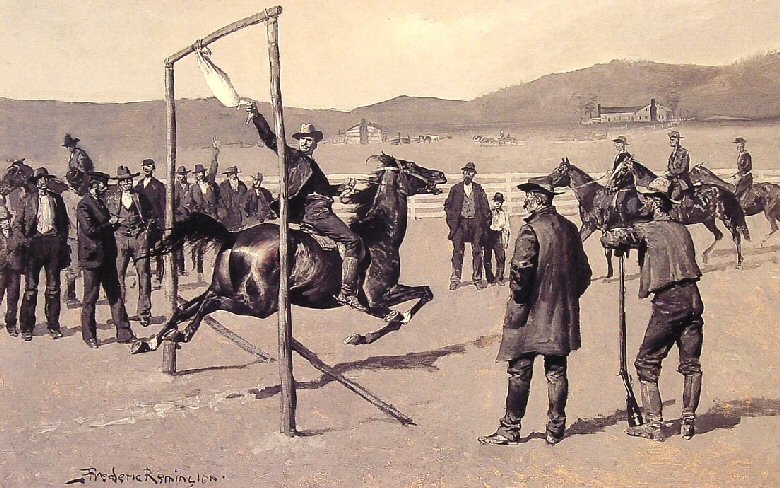We’ve already explored how, in centuries past, British children were “disciplined” — often with a brutality rivalling that of the Inquisition. Today, it’s the animals’ turn. The British are famously fond of animals — and it’s more than just a stereotype. Statistically, over half of UK households have a pet, and cats and dogs are revered here with near-religious devotion. But it wasn’t always this way. Centuries ago, both domestic and wild animals in Britain could hardly dream of the comfort they enjoy today. Here are a few disturbing and bizarre examples of how animals were treated in the past — from pig trials to sadistic monkey shows. (Sensitive readers may wish to stop here.)
Cats on Fire and Monkeys Riding Dogs: The Brutal Lives of Animals in Britain’s Past
Bear-Baiting
A few centuries ago, walking through the streets of London, you might stumble across a live bear being tormented for public amusement. Bear-baiting was one of the most popular entertainments during the Tudor and Stuart eras. A large bear would be chained to a central post, then attacked by waves of specially trained dogs. Spectators would place bets, much like at the races. Few bears survived long, and even those who did were often defanged and declawed to reduce the risk to onlookers.
But that wasn’t the worst of it. In “premium” versions of the spectacle, bears weren’t the only victims. One particularly gruesome variation involved tying live monkeys to the backs of the attacking dogs — turning them into unwilling jockeys. The terrified primates clung to the dogs as they frantically tried to throw them off. Sometimes the show featured fireworks and live music. The crowds roared with delight, tossed coins into the ring, and snacked on hot pies. Not a single animal ever left that arena unharmed — if they left it at all.
Burning Cats
If you find the burning of Guy Fawkes effigies grim, brace yourself: medieval Britain had far darker seasonal traditions. In some regions — particularly Wales, East Anglia, and the Scottish Borders — a horrifying custom was practiced during summer festivals: burning live cats.
Cats, especially black ones, were seen as agents of witchcraft and evil. During certain festivities, they were captured, stuffed into sacks, and thrown into bonfires lit in town squares. The crowd cheered as the cats screamed — it was believed this “cleansed” the community of evil spirits. These pagan-rooted rituals gradually merged with Christian celebrations and became “folk traditions.” Thankfully, by the 17th century, this practice had largely died out.
Animal Trials
Yes, you read that right: in medieval Britain, animals could stand trial. One documented case involved a pig in Essex in the 14th century. The pig, owned by a local farmer, allegedly broke out of its pen and fatally mauled an infant lying on a doorstep. The entire village was shocked. What followed was a surreal legal farce.
The pig was arrested, held in a makeshift cell, and brought to court — in chains. A judge presided, accompanied by a priest and even a “defence lawyer,” purely for formality. The trial was short: the pig was found guilty and sentenced to be hanged in the town square. The entire ordeal followed proper legal protocol, as though it were a human criminal. According to medieval theology, animals were considered capable of “sin” and thus punishable — either as instruments of the Devil or symbols of chaos.
Throwing at Cocks
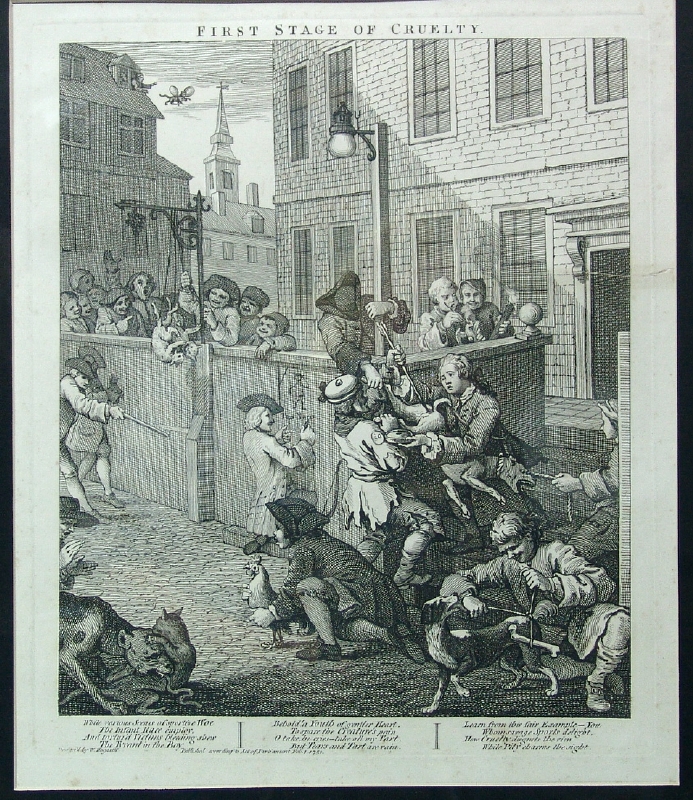
Until the mid-19th century, many English schools and parishes practiced a tradition known as cock-throwing. On Shrove Tuesday, the local teacher or village elder would bring out a live rooster, tie it to a post, and children would take turns hurling stones or heavy sticks at it. Whoever struck the killing blow took the carcass home.
Yes, this was considered a form of entertainment — even character building. Boys who threw accurately were praised as “future soldiers” and “real men.” Showing sympathy for the bird invited ridicule. Some educators even claimed this tradition trained aim, decisiveness, and masculine fortitude. Only in the 19th century, under pressure from early animal welfare activists, did the practice begin to decline. The last reported public cock-throwings date to the 1840s.
Gander Pulling
In rural England, particularly the West Country, a gruesome fairground game called gander pulling was once popular. A live goose was hung upside down by its feet from a rope stretched across a road. Riders on horseback would gallop underneath, trying to yank off its head. Whoever succeeded got to keep the goose as a prize.
To make it harder, the goose’s neck was greased beforehand. The panicked bird thrashed wildly while the crowd howled in delight. Often the head wasn’t removed on the first pass, so riders would loop around, leaving bloody trails behind them. These events were common in parts of Wales, Shropshire, and near Oxford. Only with the rise of Victorian sensibilities and a growing concern for public morality did this tradition fall out of favour. By the 1850s, gander pulling had been banned in most counties.
***
History shows how easily cruelty can be excused when disguised as tradition or entertainment. In Britain’s past, animal torture wasn’t some fringe aberration — it was woven into the fabric of everyday life, with the full participation of children, priests, judges, and teachers. We shouldn’t forget that. Because if people once cheered at burning cats and today cuddle rescue puppies, who’s to say what tomorrow holds? The habit of ignoring another creature’s pain is contagious. And history teaches us that the boundaries of what’s “normal” are far more fragile than we’d like to believe.

